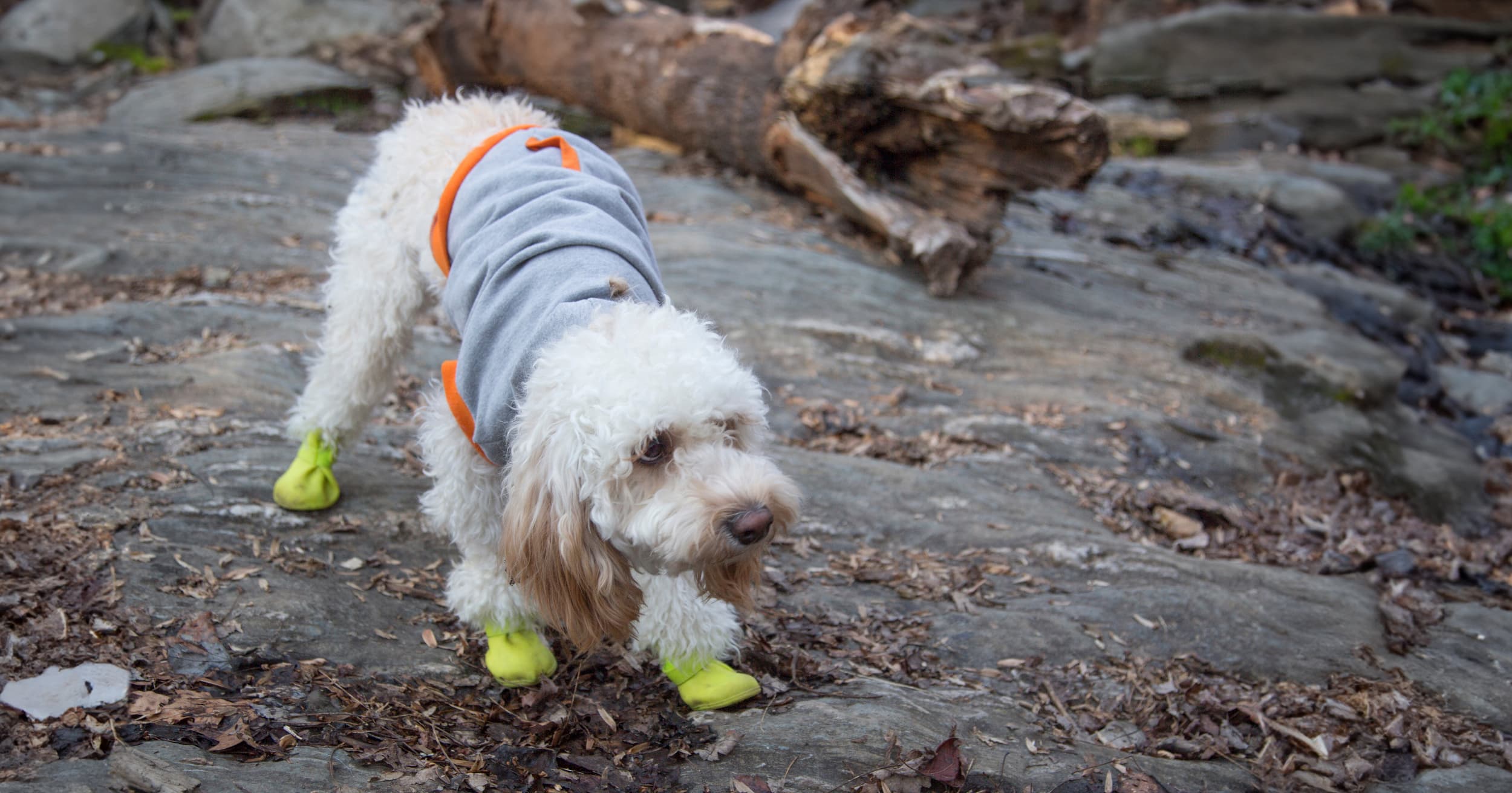Like it or not, winter is here. Most people know how to bundle themselves up when the cold hits and the snow flies, but for dogs in winter it’s not always so simple. After all, dogs generally aren’t wearing snow boots and parkas when they run into the snow to do their business. But in some cases, maybe they should be bundled up; keeping your dog warm and dry is always important! Since every dog has different needs when it comes to cold weather, we’ve created this Diamond Pet Foods Guide to Dogs in Winter. Read on for information about general cold-weather prep for your pup, how to keep that skin moisturized in the cold, dry air, winter coats for dogs and more. Happy reading and have fun in the snow!
Prep Your Dog for Winter Weather

Even though it feels like winter sneaks up on us every year, we should paws to consider that we need to ease our dogs into winter. Prep them physically and mentally (and for some of them, emotionally) for the fact that without warning, they may need to run over snow and ice in their bare feet just to go to the bathroom. This acclimation takes time, though some dogs will adapt faster than others. If your dog gets to spend a lot of time outdoors, continue their outside routine as the days get shorter and the temps get cooler. If your dog is largely an indoor kid, they might have a harder time adapting to their brief outdoor sojourns when it gets cold, so be sure to gradually introduce them to the elements. They may not ever love the cold, but eventually they’ll understand it.
Make sure you know your dog’s tolerances (and enjoyment level) for the weather; it goes a long way toward helping them get used to winter. Here are some more tips for making sure your dog stays warm and safe in cold temperatures.
Keep Your Dog’s Skin Moisturized This Winter
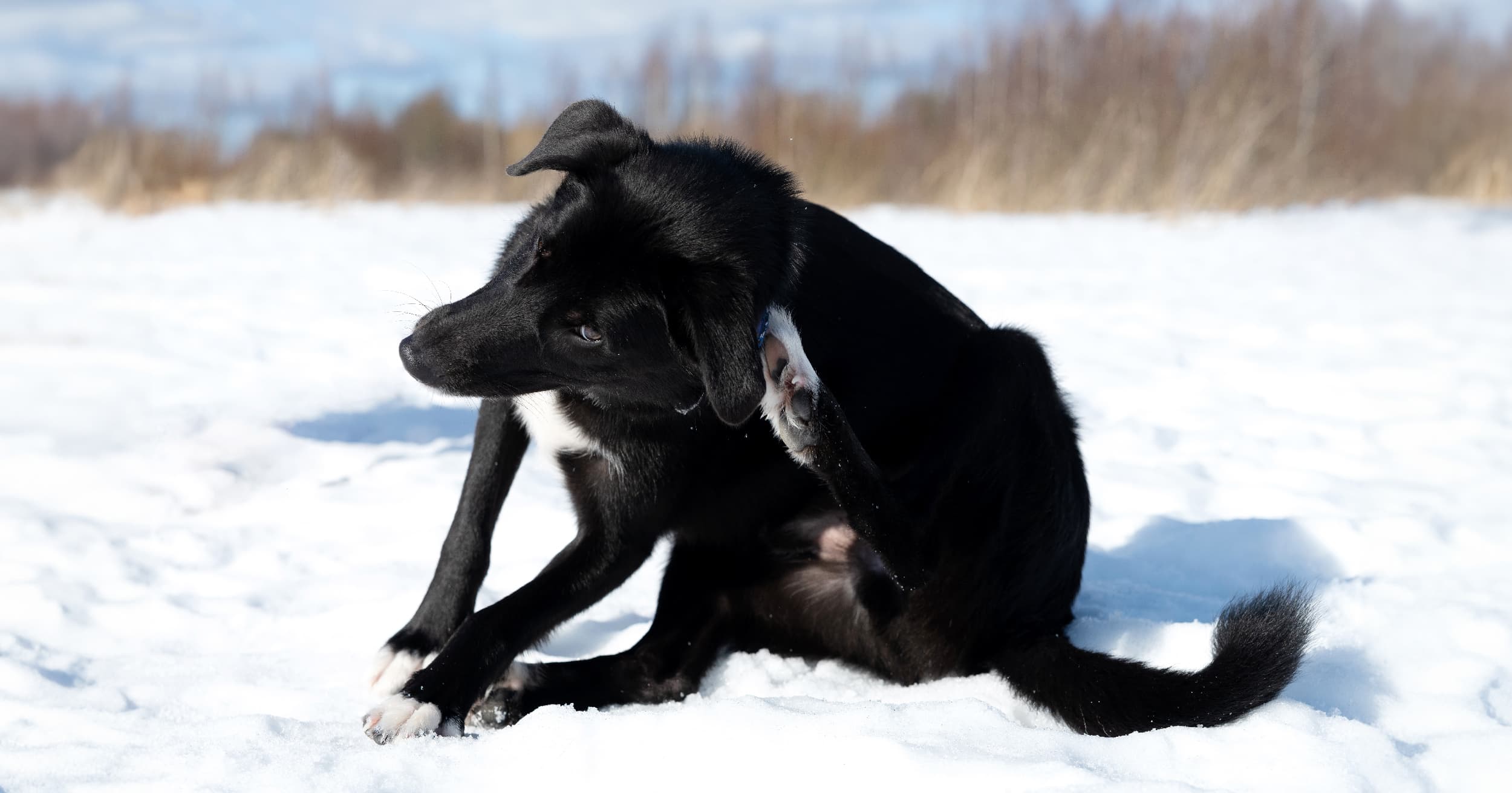
Cold, dry air can create problems for your dog beyond those surprise static shocks that zap them every time they touch you while standing on carpet in the winter. You don’t often consider your dog’s skin due to that beautiful fur coat, but dry, flaky skin can be a serious issue for dogs in cold weather. Chapped skin can be itchy at best and cracked and bleeding at worst, so it’s vital that you assess your dog’s skin in the winter and ensure it’s properly moisturized. Here’s how to do it!
READ MORE ABOUT MOISTURIZING DOGS IN WINTER
How to Protect a Dog’s Paws in Winter

While some dogs, like huskies and Alaskan malamutes, seem built specifically for the ice and snow, every dog faces the dangers that frigid temperatures and wet conditions present. Dogs in cold weather are particularly vulnerable when it comes to their feet, but you can reduce and even prevent winter weather-related paw pad injuries by following some basic paw care tips and using products designed to protect paws. To start, make sure to wipe your dog’s paws dry at every opportunity and check that their paw pads aren’t cracked or matted with fur. Keep this up throughout the winter, along with the following safety tips.
It’s important to note that while the cold and ice are the greatest threat to the feet of dogs in winter, they’re not the only threats. Ice melt or de-icer that isn’t formulated for pets can not only chap and irritate; they can even cause chemical burns with prolonged exposure.
READ MORE ABOUT PROTECTING DOG PAWS IN WINTER
How Cold Is Too Cold for Dogs in Winter?
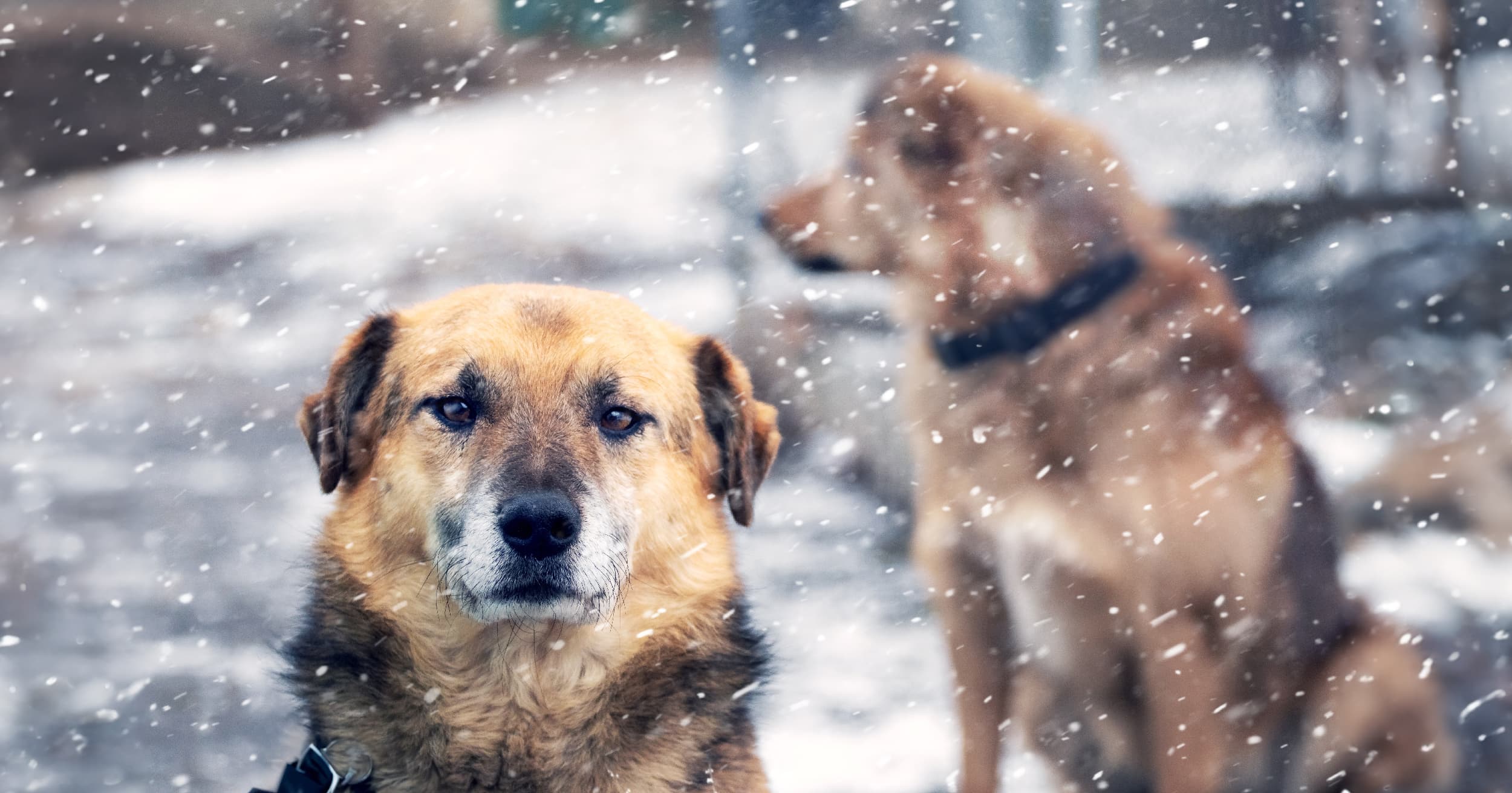
With built-in fur coats, it seems like most dogs are built to thrive in the winter. Alas, this isn’t always true. Sometimes, that fur coat doesn’t help dogs in cold weather at all, and for the dogs with coats made specifically for winter climates, there’s still such a thing as “too cold.” We’ve collected these and other myths about dogs in winter so that you can read for yourself that sometimes, a dog has to come in out of the cold.
LEARN MORE ABOUT DOGS IN COLD WEATHER MYTHS
5 Tips for Bathing Your Dogs This Winter

For dogs facing winter weather, you have to consider things that aren’t quite so obviously impacted by the snow and wet. You have to think about questions like, “Do I have to bathe them differently when it’s cold outside?” Bathing dogs in winter requires a bit of extra consideration. You need to consider timing: if it’s below freezing out there, you want to make sure you won’t need a potty break before their fur is fully dry. You need to consider the condition of your dog’s skin in cold weather; if it’s chapped or raw from the dry air, water temperature and even some dog shampoos might cause irritation. What other things do you need to consider when bathing a dog in winter? Check out our full blog.
LEARN MORE ABOUT BATHING YOUR DOG IN WINTER
Should I Buy My Dog a Winter Coat?
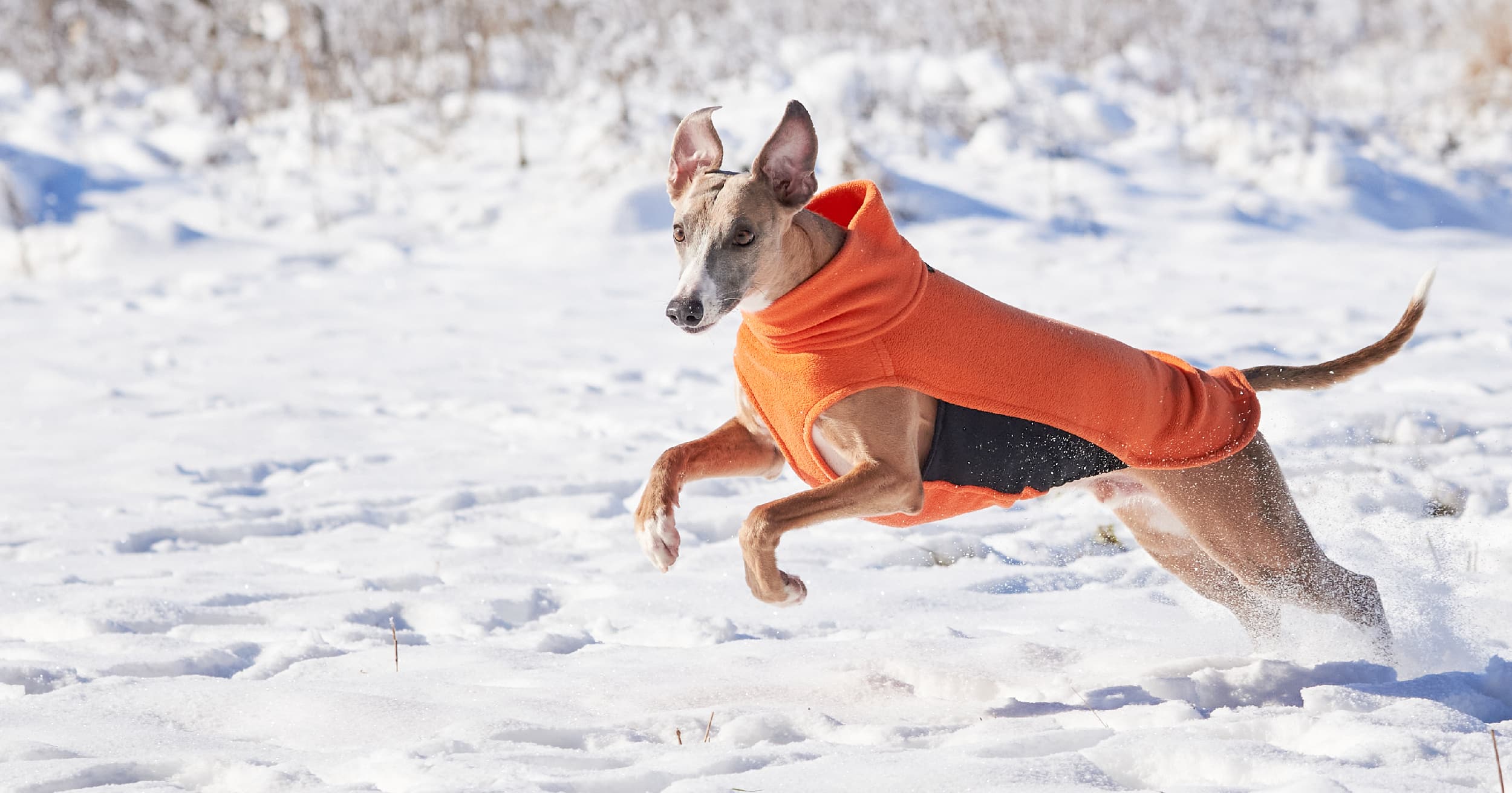
Again, we point out that while dogs have built-in fur coats, they aren’t always equipped for a winter outside. That said, depending on the environment, some dogs are inherently more equipped for cold, wet weather than others. So should you buy your dog a winter coat? The answer is more than a simple “yes” or “no,” due to a number of factors beyond your dog’s natural coat. Will the weather be wet? How cold are we talking, here? Are we factoring in wind chill when we discuss temperature? Answering all these questions and more will help you determine just what your dog needs to endure your winter weather. Luckily, we’ve written an in-depth post about winter coats for dogs in winter.
LEARN MORE ABOUT WINTER COATS FOR DOGS
Dogs in Cold Weather Need a Little Extra Care
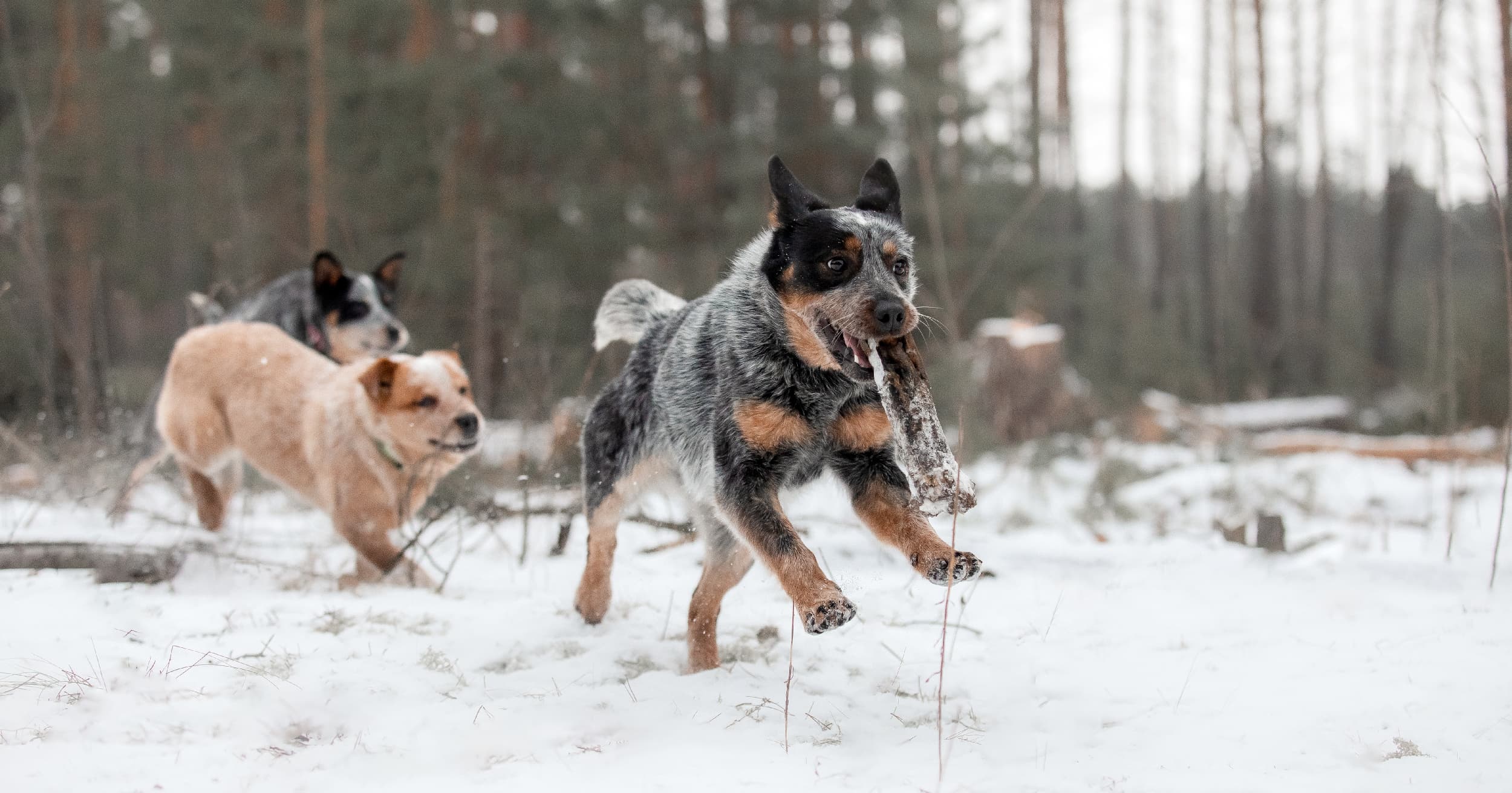
Some dogs are fully equipped to enjoy cold weather without difficulty, while some need a little TLC. Just like humans! But as the human in charge, it’s your responsibility to make sure that your dogs have what they need to be comfortable and safe when the snow flies.
RELATED POST: HOW TO SOCIALIZE A DOG: A DIAMOND PET FOODS GUIDE

